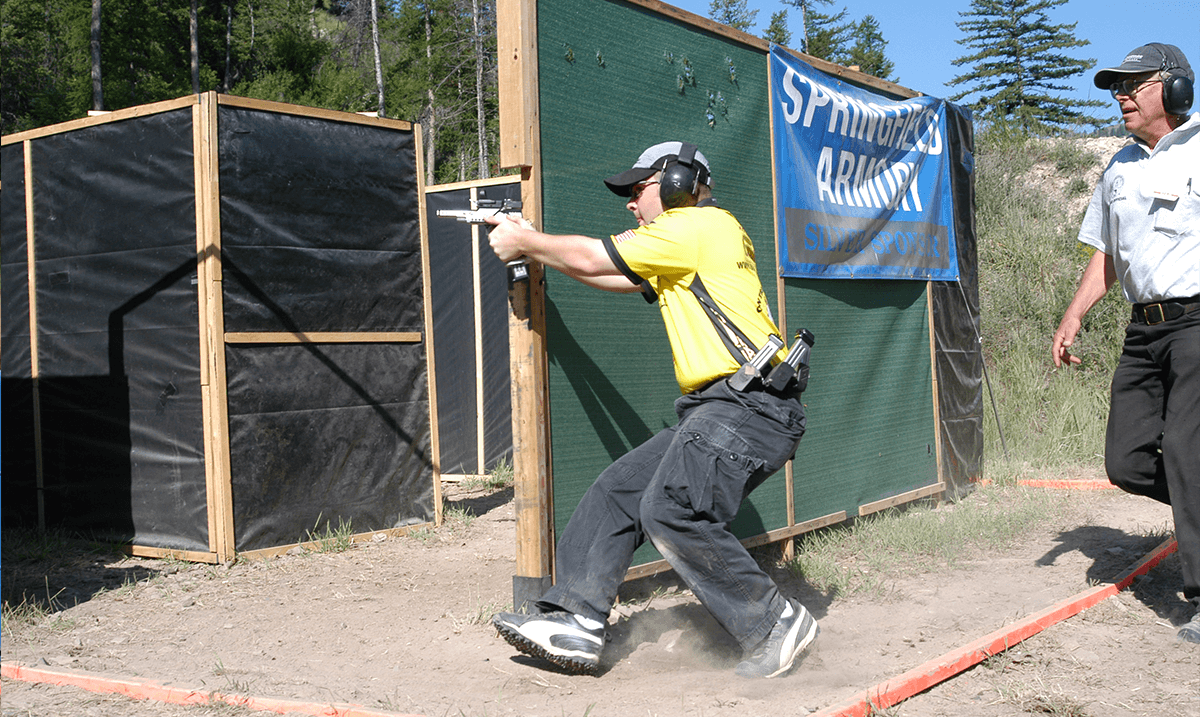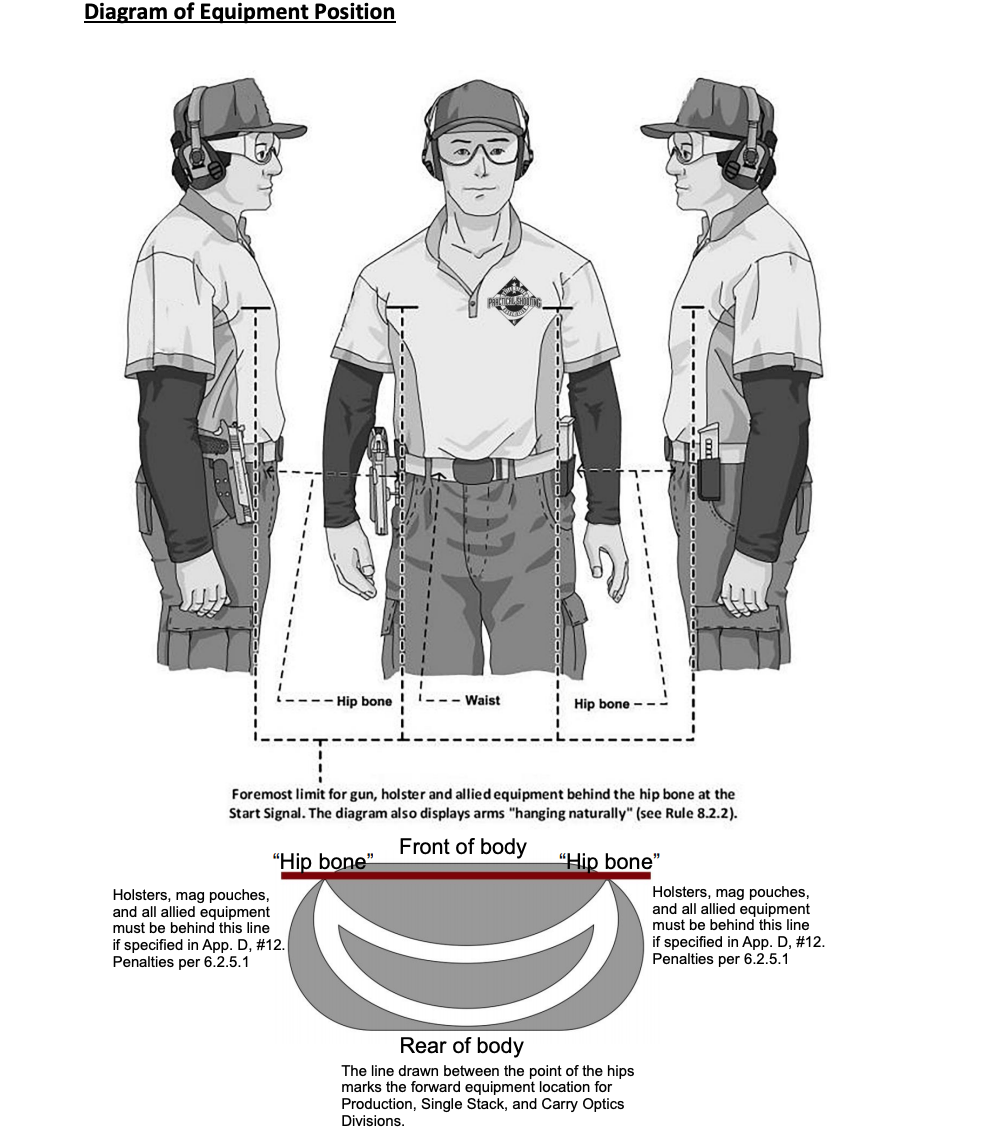
The United States Practical Shooting Association (and its parent organization International Practical Shooting Confederation) is where handgun speed-shooting devotees gather. To get started, you need your favorite handgun, a belt and holster, eye and ear protection, and lots of ammo. You may shoot around a barrier, through a window, with your weak hand, at a disappearing target and even from a rusted out old car! Always against the clock, you’ll need to reload along the way, “run and gun” from target bank to target bank, knock down steel plates, keep from shooting “good guy” targets swinging in front of “bad guy” targets and much, much more. This fast-paced sport is dominated by semi-automatics, both factory stock and customized, but revolver shooters are also welcome and have their own shooting class.
How fast can you accurately shoot? In this video, professional shooter Gabby Franco explains one of the funnest shooting sports around, the action-packed handgun competition known as USPSA. USPSA will bring target shooters abilities to the next level.
Equipment you’ll need
Firearms
If you go to the range during any USPSA match you will find a wide variety of handguns but Firearms are separated and defined by Divisions to ensure fair competition. Guns from mainly stock guns in the production division that can only hold up to 10 rounds, to open guns that have red dot optics, extended magazines & magazine wells that can hold 27+ rounds of 9mm ammunition. If it is your first time, we highly encourage you to bring what you have and just ask anyone what division you will fall into with your equipment. When it comes to what class your gun is going to fall into, depends on a few simple characteristics of the gun, and your equipment.
Each shooter needs a holster for the pistol and some sort of belt/pouch system to carry extra magazines and ammo. Almost all USPSA competitors will eventually end up with a belt, or rig as some will call them, but if you do not have a purpose-built USPSA rig don’t worry, just use your everyday belt with whatever holster and mag pouches you have, but a double layer belt system does have its advantages. The only holster requirements are that it holds your gun securely and covers the trigger guard. Placement of the holster and the magazine pouches does also come into play when picking a division. Some divisions require that everything needs to be behind your hip bone, where others let you utilize any space on the belt.
Safety Equipment
Whenever you go to the range to shoot any firearm, it is essential to have the proper safety equipment with you. That includes eye and ear protection, but also includes adequate clothing, gloves, and whatever you may need to get through the day safely.
Ammunition
It is always important to bring your own ammunition unless the match you plan to attend specifically notes the availability of official match ammo. In the scoring section below we delve into power factor of ammo, and that is the weight of the bullet multiplied by the speed, divided by 1000. Anything over 125 is considered minor, and if you are over 165, it is major scoring which in some cases can be an advantage.
USPSA matches are held all over the US with local clubs holding matches virtually every day of the week. You probably already own everything you need to compete in USPSA, why not give it a try. Consult the rulebook or ask a match director, range officer, or more seasoned shooter for more details. For more information, head over to USPSA.org.
You may also be interested in:
https://www.letsgoshooting.org/2014/06/23/finding-the-right-competition-for-your-pistol-skills/
https://www.letsgoshooting.org/2014/06/23/try-competitions-to-become-a-more-effective-shooter/






